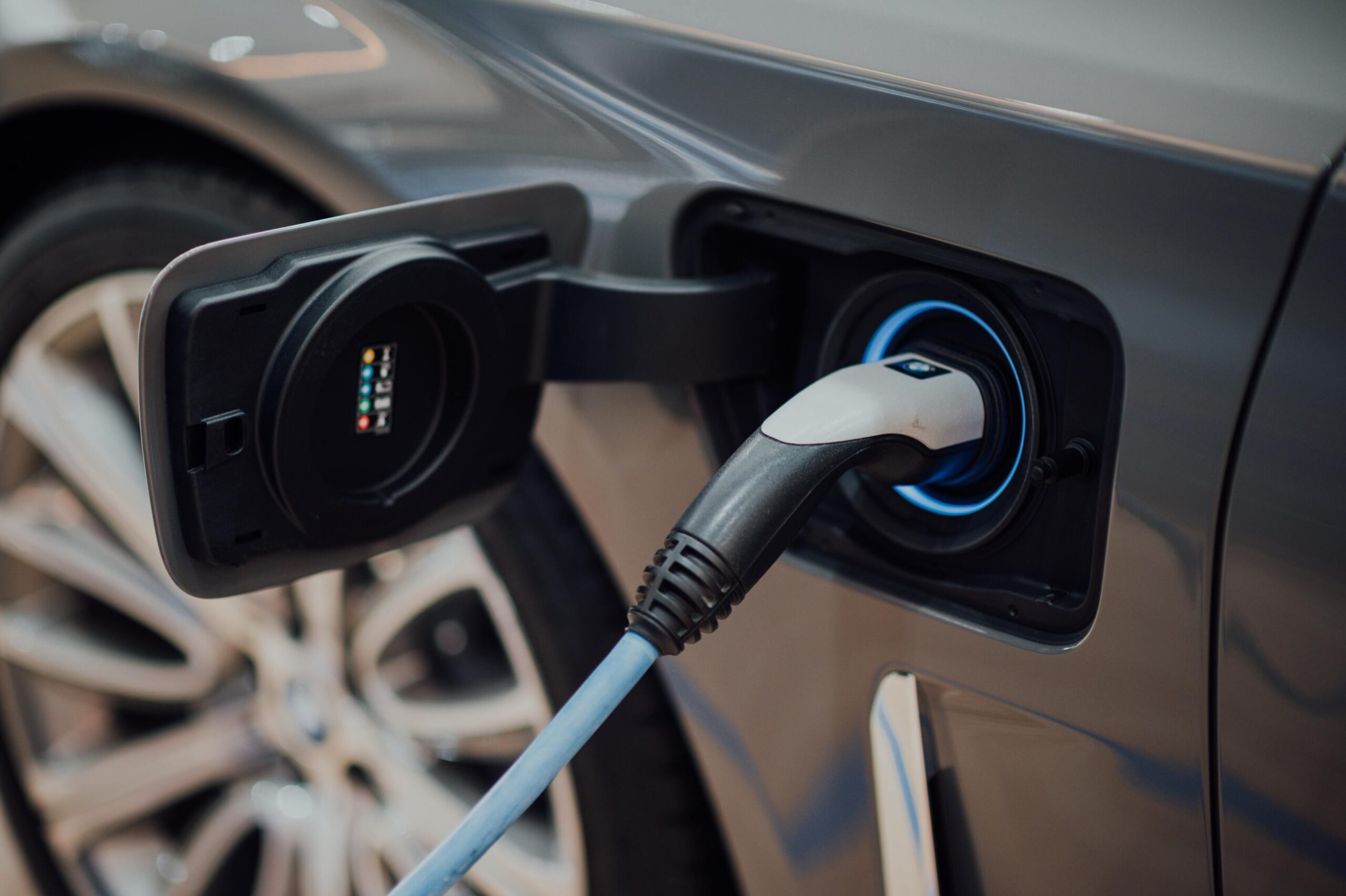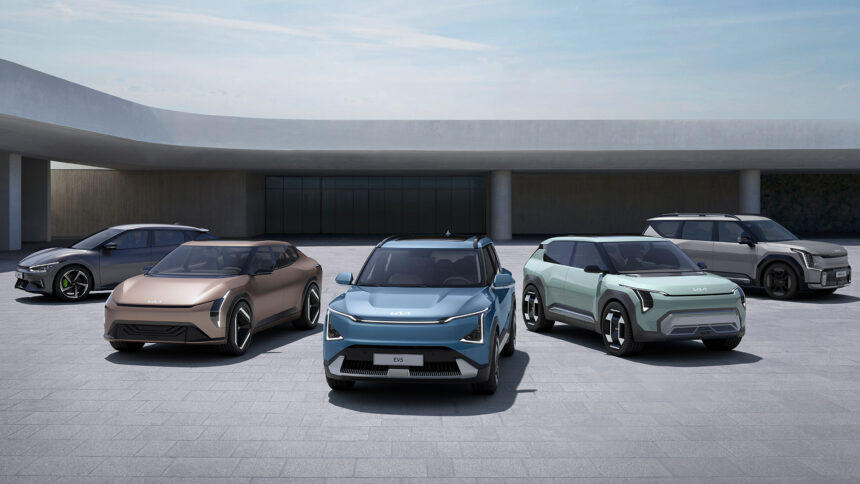Spread of Electric Cars: The technology behind electric vehicles (EVs) has made significant advancements, yet the global growth in EV sales appears to be slowing. While many countries are promoting EV adoption to support climate protection and sustainability. A large portion of the population still opts for internal combustion engine (ICE) vehicles. Mobile Crypto Apps Are Climbing What are the main barriers to EV adoption, and what steps can lead to broader acceptance?
Barriers to EV Adoption
Insufficient Charging Infrastructure
A lack of accessible charging stations is another significant barrier. The European Automobile Manufacturers’ Association (ACEA) reports that achieving the EU’s goal of 3.5 million charging points by 2030 would require the installation of 410,000 new stations annually. However, actual demand is much higher, with projections indicating the need for 8.8 million charging points by 2030, which equates to 1.2 million new installations each year—eight times the rate achieved in recent years. Moreover, 61% of existing chargers are concentrated in just three countries, leaving many regions underserved.
Range Anxiety and Planning Challenges
Many consumers remain skeptical about EV range. Although newer models can travel greater distances on a single charge, charging times and an uneven charging network make trip planning more complicated compared to traditional vehicles.
Reduction in Government Incentives
Several European countries, such as Germany and France, have reduced subsidies for EV purchases, which had previously driven market growth. Without these incentives, maintaining momentum in EV adoption becomes challenging. As Michael Leiters, CEO of McLaren, remarked, “Incentives created artificial demand that is unsustainable in the long term.”
Solutions for Widespread EV Adoption
Improved Pricing and Accessibility
Lowering the cost of EVs is essential for widespread adoption. Manufacturers like Renault, Volkswagen, and Stellantis have announced plans to launch affordable models under €25,000. Additionally, reducing battery production costs, advancing recycling technologies, and expanding financing options would make EVs more accessible.
Infrastructure Development
 Expanding charging infrastructure is critical for EV adoption. Norway’s example shows that a robust and accessible charging network can significantly encourage EV usage. However, the EU faces substantial challenges in this regard, and rapid, evenly distributed infrastructure development is crucial to making EVs a viable alternative to ICE vehicles.
Expanding charging infrastructure is critical for EV adoption. Norway’s example shows that a robust and accessible charging network can significantly encourage EV usage. However, the EU faces substantial challenges in this regard, and rapid, evenly distributed infrastructure development is crucial to making EVs a viable alternative to ICE vehicles.
Technological Advancements
Improving battery lifespan, reducing manufacturing costs, and enhancing EV functionalities can make these vehicles more appealing. In China, for instance, consumers are drawn to EVs not only for environmental reasons but also for advanced infotainment systems and increasingly sophisticated autonomous driving capabilities.
Flexible Incentive Systems
While long-term reliance on subsidies is unsustainable, a more flexible approach could be effective. Targeted incentives for low-income households and continued investment in charging infrastructure through public-private partnerships could support market growth.
Success Stories: China and Norway
The success of China and Norway demonstrates how government intervention and strategic planning can accelerate EV adoption. In China, the entire supply chain—from battery production to charging station deployment—has been streamlined, leading to reduced costs and increased production capacity. In Norway, where 94% of new vehicles sold in 2023 were electric or plug-in hybrids, extensive charging infrastructure ensures that EVs are a practical option throughout the country.
Conclusion
For electric vehicles to become mainstream, significant efforts are needed to reduce costs, rapidly expand charging infrastructure, and continue innovating in battery and vehicle technologies. Although the transition poses challenges, collaboration between manufacturers and governments can pave the way for long-term success. As consumers increasingly recognize the benefits of EVs—such as quieter operation, lower maintenance costs, and environmental advantages—the shift from ICE vehicles to EVs becomes a more realistic and appealing alternative.
[sp_easyaccordion id=”3308″]






